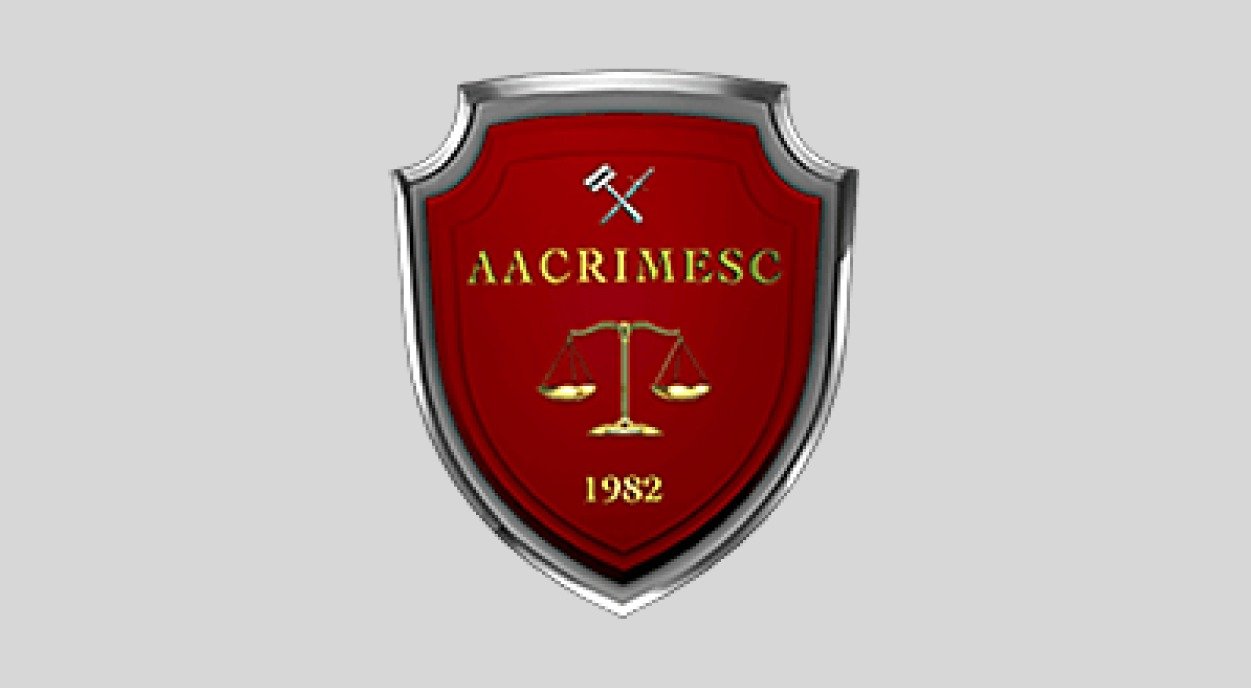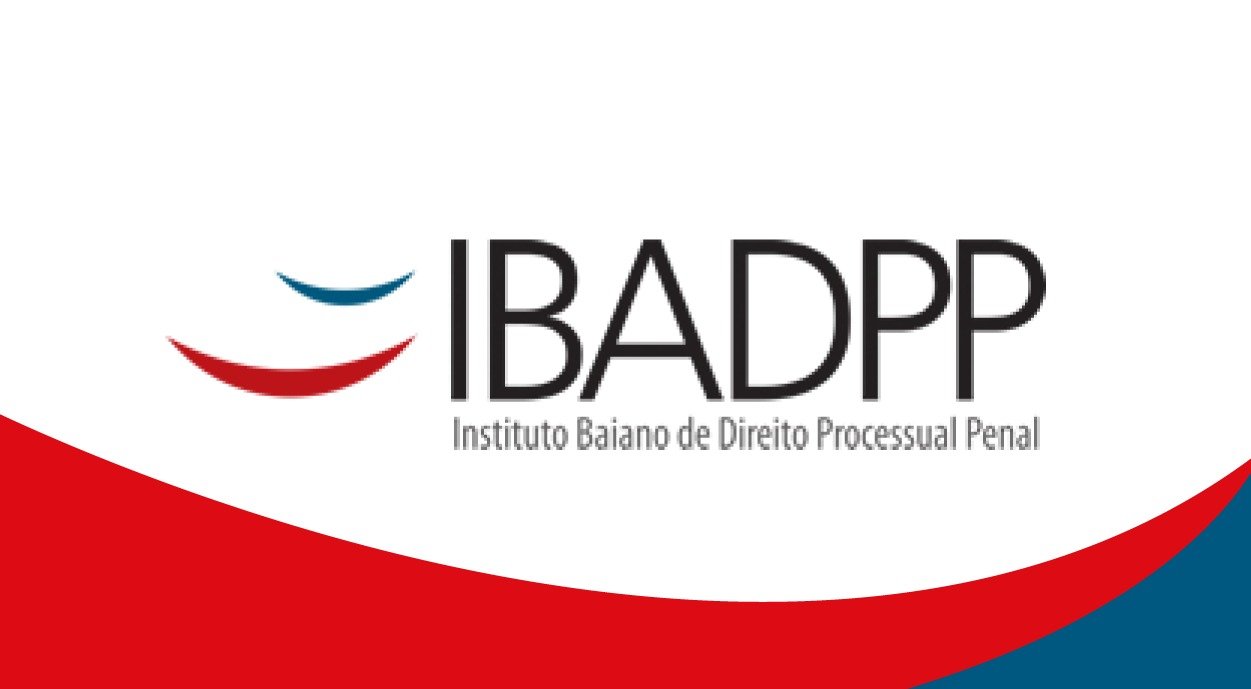“Seamos fieles a nuestros defectos”. M. M. Vriends
É necessário voltar a definir o que é o ser humano, de recuperar e redefinir em que consiste a natureza humana ou simplesmente de aceitar que o homem não pode ser contemplado somente como um ser cultural carente de instintos naturais, isto é, de situar ao homem em um contexto e uma perspectiva mais real e mais verdadeiramente humana, desmistificando e liberando-nos dos equívocos, crenças e falsas concepções acerca do direito. Ainda que muitas perguntas sigam sem resposta, estamos firmemente convencidos de que uma consideração adequada da natureza humana pode ajudar-nos a iluminar com novas interpretações os velhos problemas que até agora permanecem no limbo da filosofia e da ciência do direito.
Não devemos olvidar que o direito está entre os fenômenos culturais mais poderosos já criados pela humanidade e que precisamos entendê-lo melhor se quisermos tomar decisões políticas, jurídicas e éticas bem informadas e justas. Já não podemos manejar-nos na filosofia e na ciência do direito do século XXI baseados em uma psicologia humana impossível, com uma ideia de natureza humana procedente do século XVII e nem tão pouco trabalhar com os métodos do século XIX. Somos antes de tudo animais, e tudo o que seja fazer uma abstração da dimensão natural do ser humano, sua natureza biológica e sua origem evolutiva, é falso.
E não se trata, depois de tudo, de pretender impor grandes novidades. O que se intenta mediante uma perspectiva naturalista do fenômeno jurídico, das normas e dos valores morais humanos é vincular de forma prioritária a concepção da justiça com a natureza humana, devidamente fundada na herança e na cultura, isto é, de entendê-la e fazer dela o sentido mesmo de nossa existência como primatas peculiares. Tão pouco se trata de um problema de pouca importância ou de um mero exercício mental para os juristas e os filósofos acadêmicos. A eleição da forma de abordar o direito supõe uma diferença importante no modo como nos vemos a nós mesmos como espécie, condiciona as estratégias que adotamos para regular nossas instituições e práticas sociais e determina, em última instância, o repertório de ideias e teorias acerca do sentido e da finalidade do raciocínio prático ético-jurídico.
O modo como se cultivem determinados traços de nossa natureza e a forma como se ajustem à realidade configuram naturalmente o grande segredo do fenômeno jurídico, da justiça, do homem como causa, princípio e fim do direito e, consequentemente, para a dimensão essencialmente humana da tarefa de elaborar, interpretar, justificar e aplicar o direito. Enfim, de um direito e uma justiça que, partindo da aceitação lúcida e serena de nosso lugar no mundo como símios muito inteligentes e com consciência moral, devem servir à natureza humana e não ao contrário.
Notas e Referências
BIBLIOGRAFIA
- Churchland, P. S. Braintrust: What Neuroscience Tells Us about Morality. Princeton, NJ: Princeton University Press, 2011.
- Llinás, R.; Churchland, P. S. The Mind-Brain Continuum. Sensory Processes. Massachusetts: MIT Press, 1996.
- Rose, M. Darwin's Spectre: Evolutionary Biology in the Modern World. Princeton, NJ: Priceton University Press, 1998.
- Hare, R. M. What Makes Choices Rational? Review of Metaphysics, 1979, 32, 623-637.
- Chomsky, N. Cartesian Linguistics. New York, NY: Harper & Row, 1966.
- Chomsky, N. Language and Mind. New York, NY: Harcourt, Brace, & World, 1968.
- Chomsky, N. Rules and Representations. Oxford: Blackwell, 1980.
- Chomsky, N. Knowledge of Language. New York, NY: Praeger, 1985.
- Darwin, C. The Descent of Man, and Selection in Relation to Sex. London: John Murray, 1871.
- Tugendhat, E. La pretensión absoluta de la moral y la experiencia histórica. In U. N. d. E. a. Distancia (Ed.), Actas de las 1as. jornadas de Etica e Historia de la Ciencia. Madrid: UNED, 1979.
- Hauser, M. D. Moral minds. How nature designed our universal sense of right and wrong. New York, NY: HarperCollins Publishers, 2006.
- Zeki, S. A Vision of the Brain. Oxford: Blackwell, 1993.
- Hauser, M. D. Moral minds. How nature designed our universal sense of right and wrong. New York, NY: HarperCollins Publishers, 2006.
- Wilson, E. O. Sociobiology: The New Synthesis. Cambridge, MA: Harvard University Press, 1975.
- Wilson, E. O. On Human Nature. Cambridge, MA: Harvard University Press, 1978.
- Cela Conde, C. J. De genes, dioses y tiranos. Madrid: Alianza Editorial, 1985.
- Cela-Conde, C. J.; Ayala, F. J. Evolution of Morality. In F. M. Wuketits & C. Antweiler (Eds.), Handbook of Evolution Vol.1 : The Evolution of Human Societies and Cultures (pp. 171-189). Weinheim (Germany): John Wiley & Sons, 2004.
- Ayala, F. J. The Biological Roots of Morality. Biology & Philosophy, 1987, 2, 235-252.
- Darwin, C. The Descent of Man, and Selection in Relation to Sex. London: John Murray, 1871.
- Magistretti, P.; Ansermet, F. À chacun son cerveau. Plasticité neuronale et inconscient. Paris: Odile Jacob, 2004.
- Humphrey, N. K. The social function of intellect. In P. P. G. Bateson & R. A. Hinde (Eds.), Growing Points in Ethology (En R. Byrne y A. Whiten (eds.) (1988), Machiavellian Intelligence, pp. 13-26 ed., pp. 303-317). Cambridge: Cambridge University Press, 1976.
- Pinker, S.
- Dennett, D. C. Intentional Systems. Journal of Philosophy, 8, 87-106, 1971.
- Doménech, A. Algunos enigmas de la racionalidad económica. In J. E. García-Albea (Ed.), Llenguatge, Ciència i Societat, homenaje a Noam Chomsky. Tarragona: Universitat Rovira i Virgili, 2002.
- Wynne-Edwards, V. C. Animal Dispersion in Relation to Social Behaviour. Edinburgh: Oliver and Boyd, 1962; Sober, E. & Wilson, D. S. Unto Others. The evolution and psichology of unselfish behavior. Cambridge, MA: Harvard University Press, 1998.
- Hamilton, W. D. The Genetical Evolution of Social Behavior. Journal of Theoretical Biology, 7, 1-52, 1964.
- Cela-Conde, C. J., & Ayala, F. J. Evolution of Morality. In F. M. Wuketits & C. Antweiler (Eds.), Handbook of Evolution Vol.1 : The Evolution of Human Societies and Cultures (pp. 171-189). Weinheim (Germany): John Wiley & Sons, 2004.
- Fehr, E., & Gächter, S. Altruistic punishment in humans. Nature, 415, 137-140, 2002.
- Buckholtz, J. W. & Marois, R. The roots of modern justice: cognitive and neural foundations of social norms and their enforcement. Nature Neuroscience. 15(5), 655-661, 2012.
- Brosnan, S., & De Waal, F. Monkeys reject unequeal pay. Nature, 425, 297-299, 2003.
- Jensen, K., Call, J., & Tomasello, M. Chimpanzees Are Rational Maximizers in an Ultimatum Game. Science, 318, 107-109, 2007.
- Rawls, J. A Theory of Justice. Cambridge, MA: Harvard University Press, 1975.
- Lumsden, C. J.; Wilson, E. O. (1983). Promethean Fire. Reflections on the Origin of Mind. Harvard, MA: Harvard University Press, 1983.
- Maturana, R. H. Emoções e linguagem na educação e na política, Brasil, Belo Horizonte: Ed. UFMG, 2002.
- Lumsden, C. J.; Wilson, E. O. Genes, Mind and Culture: The Coevolutionary Process. Cambridge, MA: Harvard University Press, 1981.
- Rayner, R. J.; Moon, B. P.; Masters, J. C. The Makapansgat australopithecine environment. Journal of Human Evolution, 1993, 24, 219-231.
- WoldeGabriel, G., White, T. D., Suwa, G., Renne, P., Heinzelin, J., Hart, W. K., & Heiken, G. Ecological and temporal placement of early Pliocene hominids at Aramis, Ethiopia. Nature, 1994, 371, 330-333.
- Leakey, L. S. B., Tobias, P. V.; Napier, J. R. A New Species of the Genus Homo from Olduvai. Nature, 1964, 202, 7-9.
- Changeux, J.P. Fondements Naturels de l´Éthique. Paris: Editions Odile Jacob, 1993.
- Damasio, A. R. Compreender os fundamentos naturais das convençoes sociais e da ética,dados neuronais. In Jean-Pierre Changeux (Ed.), Fundamentos Naturais da Ética (pp. 113-129). Lisboa: Instituto Piaget, 1996.
- Boyd, R.; Richerson, P.J. Culture and the Evolutionary Process, Chicago, The University of Chicago Press., 1985.
- Ricoeur, P. Le Juste, Paris : Ed. Esprit, 1995.
- Churchland, P. S. Braintrust: What Neuroscience Tells Us about Morality. Princeton, NJ: Princeton University Press, 2011.
- Churchland, P. S. Braintrust: What Neuroscience Tells Us about Morality. Princeton, NJ: Princeton University Press, 2011.
- Jones, O.; Goldsmith, T. H. Law and Behavioral Biology. Columbia Law Review, 2005, vol. 105: 405-502.
- Aiello, L. C.; Wheeler, P. The expensive tissue hypothesis: The brain and the digestive system in human and primate evolution. Current Anthropology, 1995, 36, 199-221.
- De Waal, F. Good natured. The Origins of right and wrong in humans and other animals. Cambridge, MA: Harvard University Press, 1996.
- Humphrey, N. K. (1976). The social function of intellect. In P. P. G. Bateson & R. A. Hinde (Eds.), Growing Points in Ethology (En R. Byrne y A. Whiten (eds.), Machiavellian Intelligence, pp. 13-26 ed., pp. 303-317). Cambridge: Cambridge University Press, 1988.
- Betti, E., Teoria generale del negozio giuridico, Turín: Giuffrè, 1955.
- Kaufmann, A. Rechtspholosophie, München: C.H. Beck Verlagsbuch-handlung, 1997.
- Fiske, A. P. Structures of Social Life. The Four Elementary Forms of Human Relations, New York: The Free Press, 1991.
- Pinker, S. The Blank Slate. New York: Viking, 2002.
- Maturana R. H.; Varela G. F. El árbol del conocimiento: las bases biológicas del entendimiento humano. Santiago de Chile: Plaza Editores, 2003.
- Ayala, F. The biological roots of morality. Biology and Philosophy. Netherlands, v. 2, n. 2, p. 235-252, 1987.
- Churchland, P. S. Braintrust: What Neuroscience Tells Us about Morality. Princeton, NJ: Princeton University Press, 2011.
Imagem Ilustrativa do Post: O Espelho // Foto de: Ana Patícia Almeida // Sem alterações
Disponível em: https://www.flickr.com/photos/anap/12612437785/
Licença de uso: https://creativecommons.org/publicdomain/mark/2.0/





